Understanding the One Big Beautiful Bill Act (OBBBA) with Brian Fortune, Founder, Farragut Square Group
Some of our clients









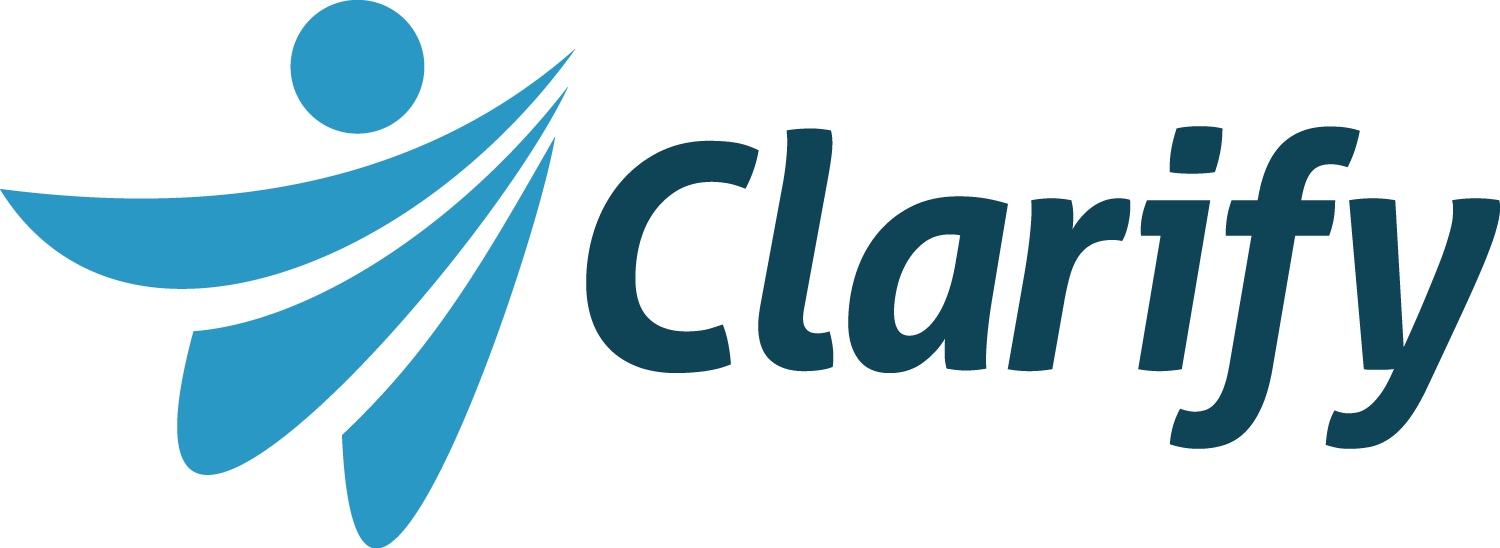



















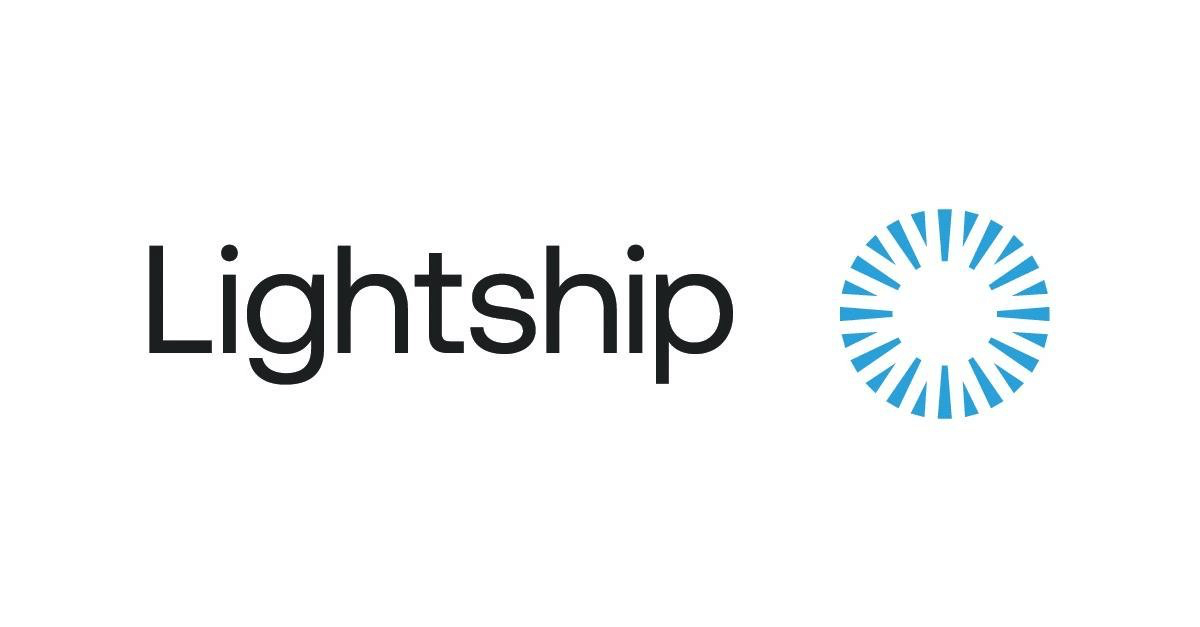












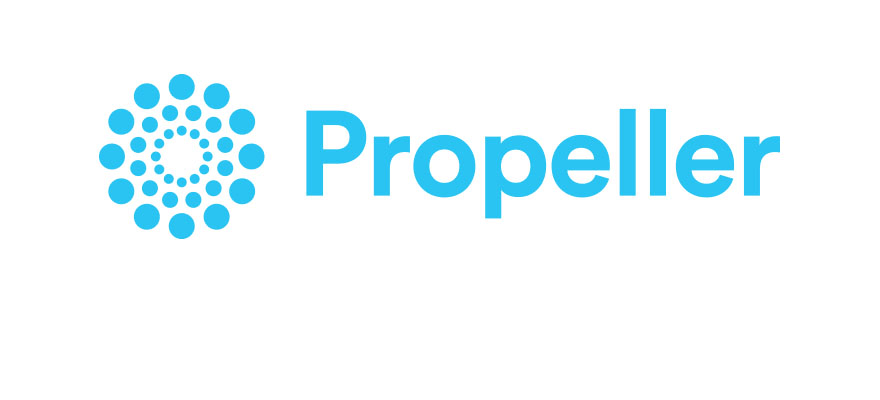









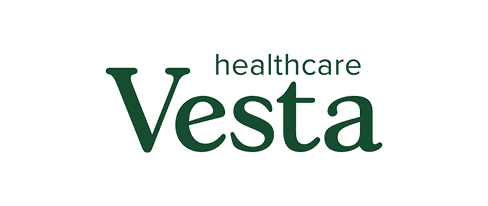





















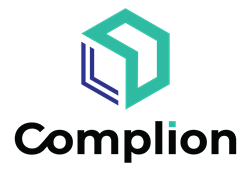
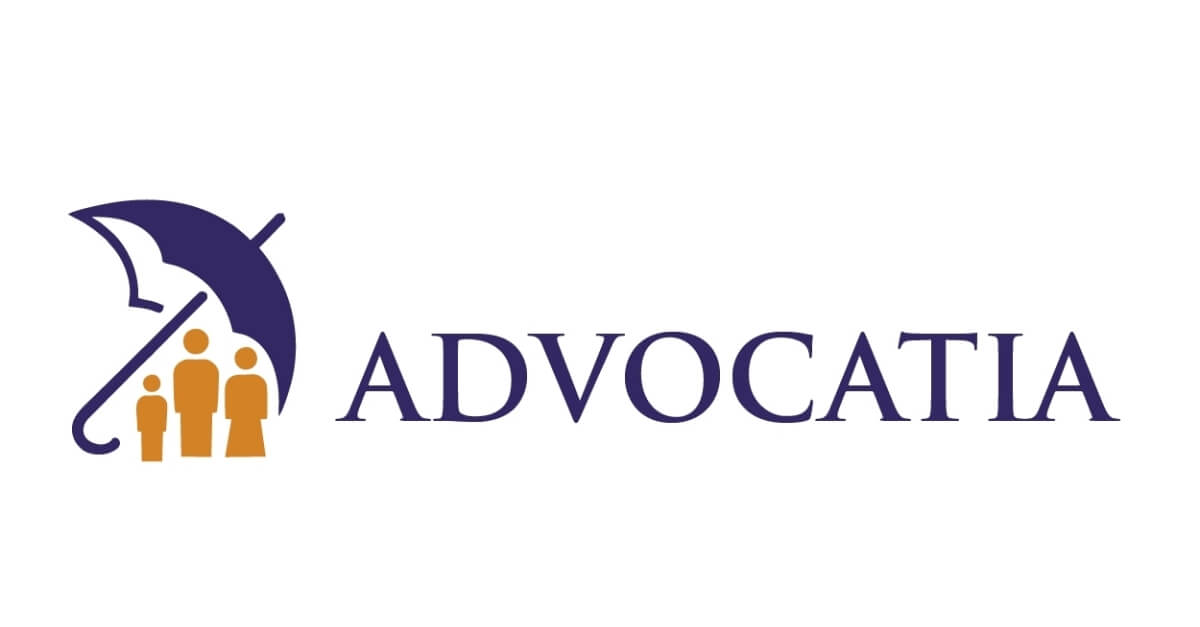
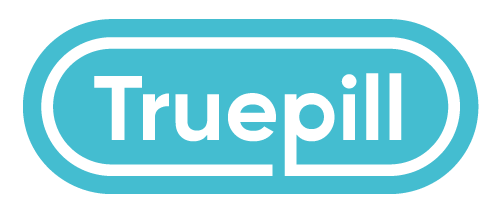



















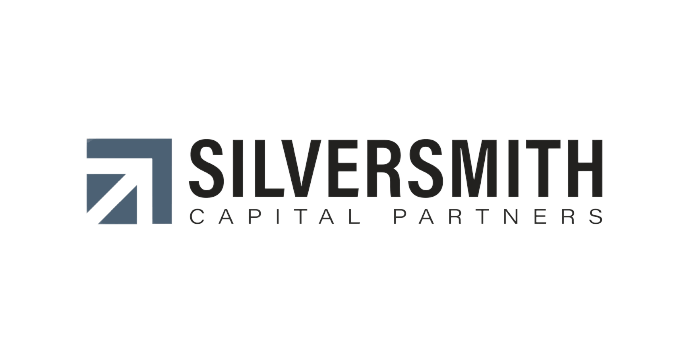


































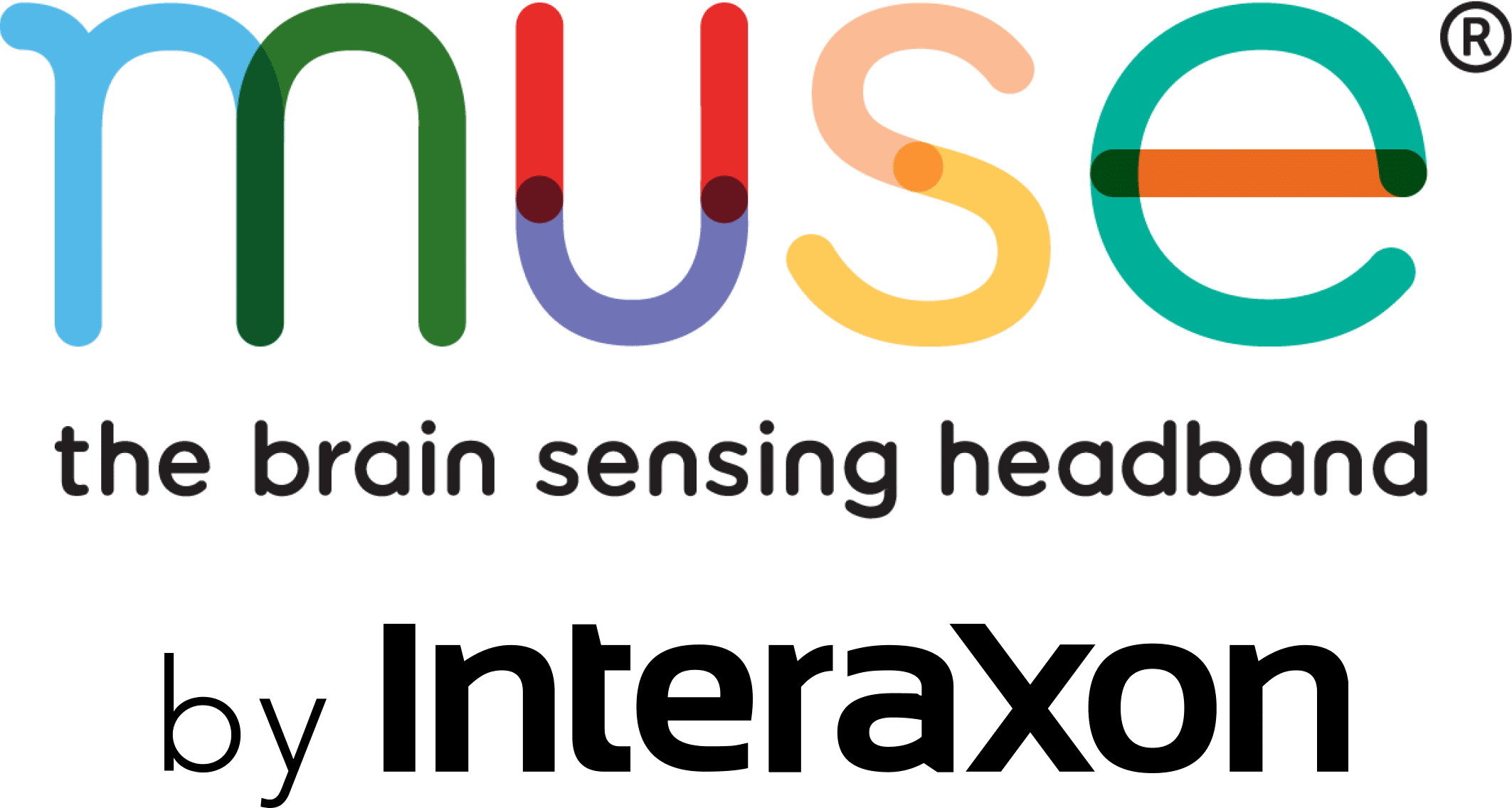






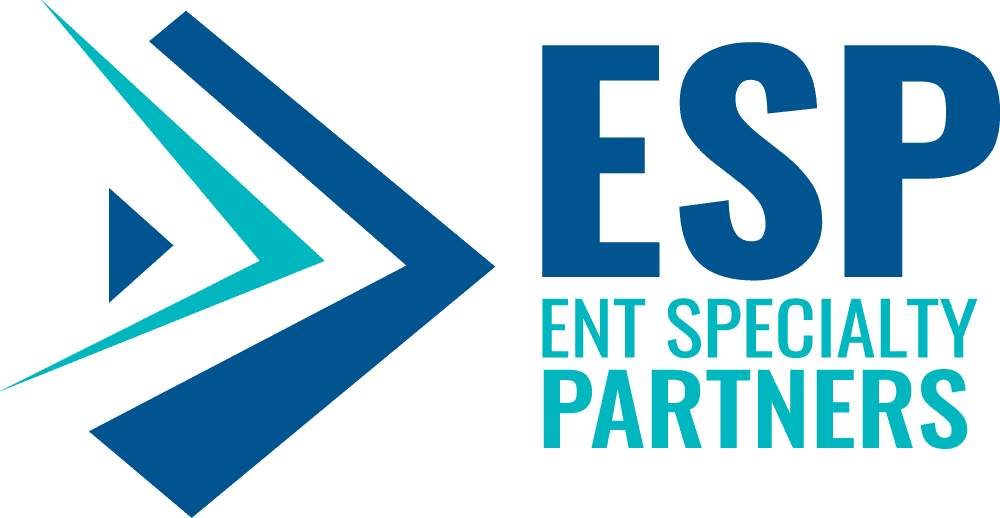















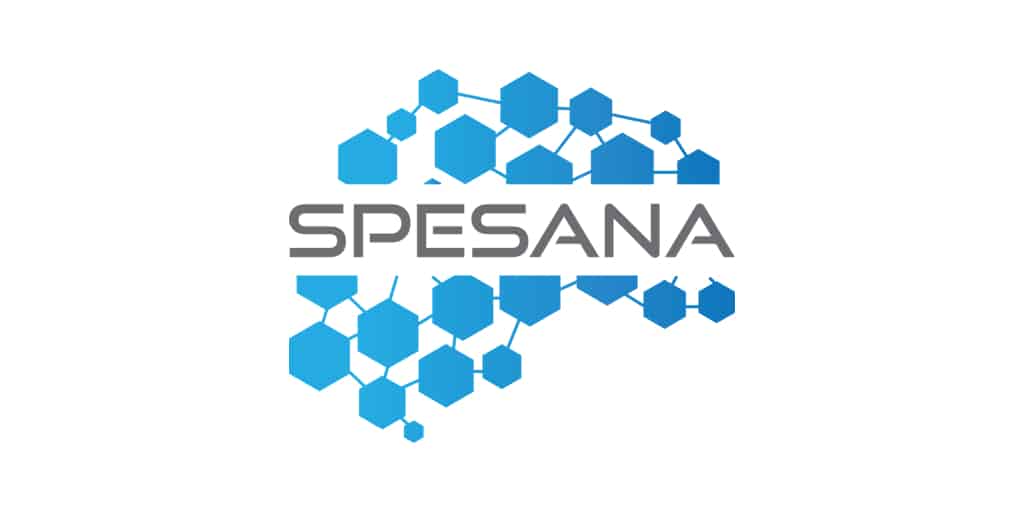






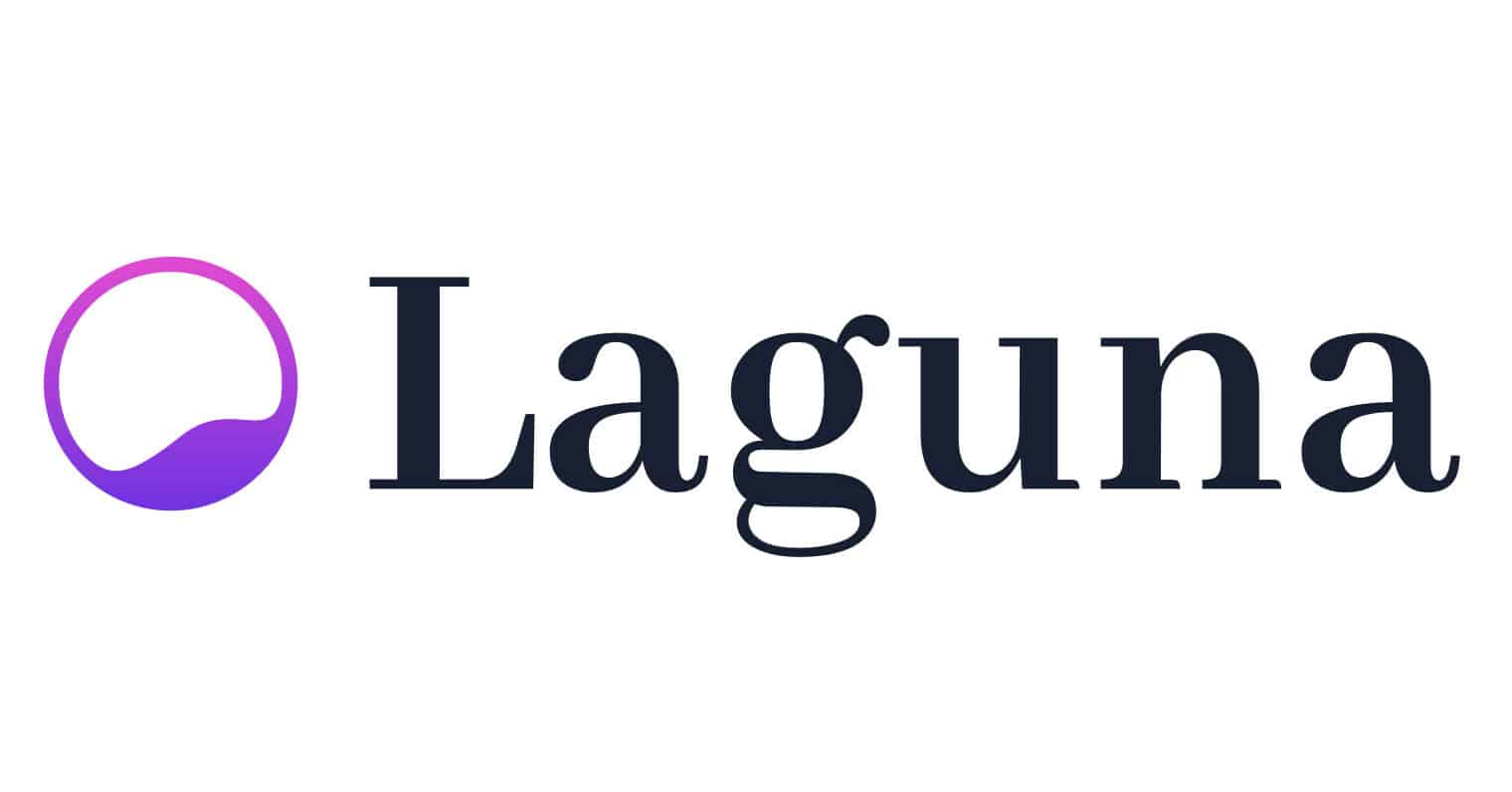






































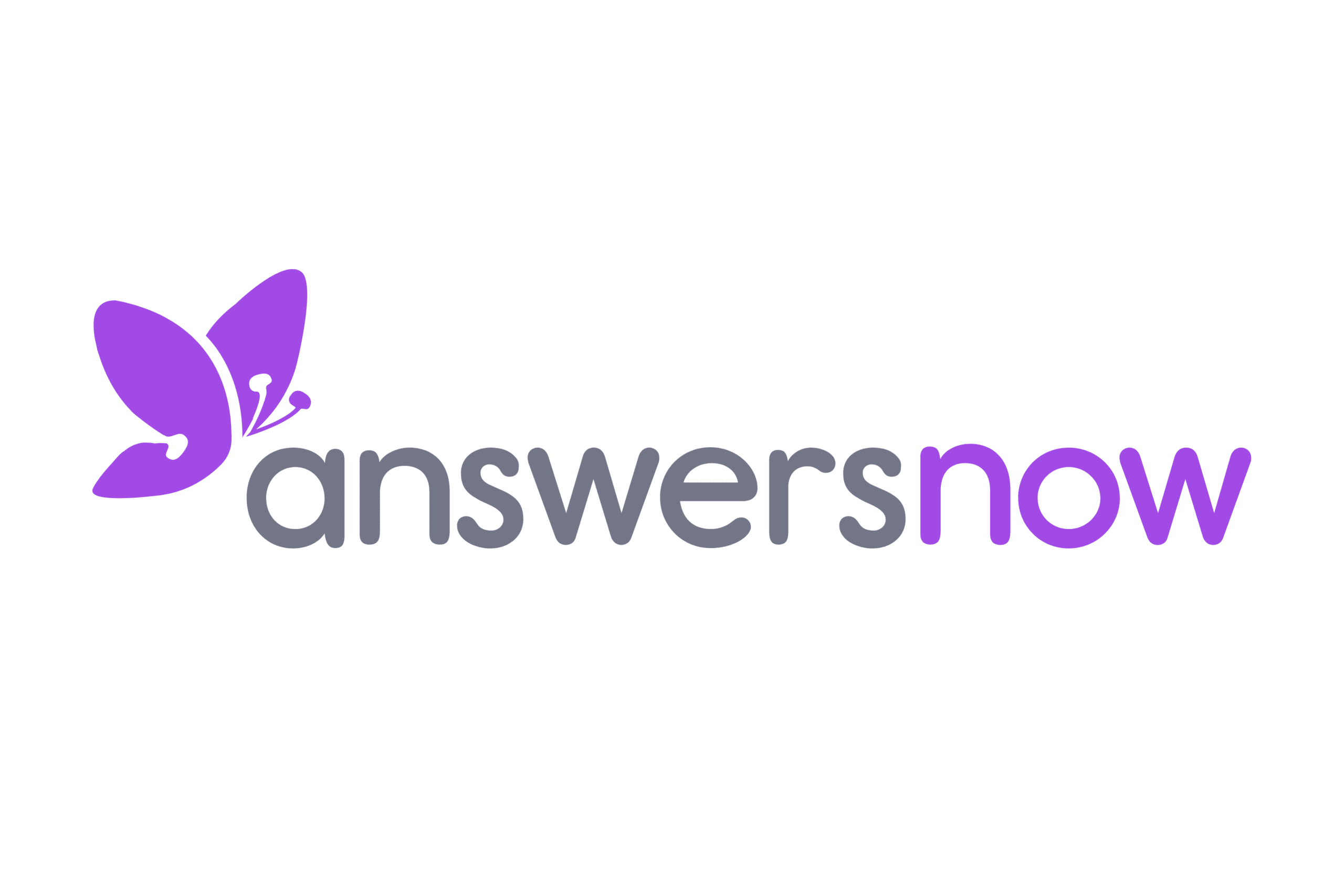




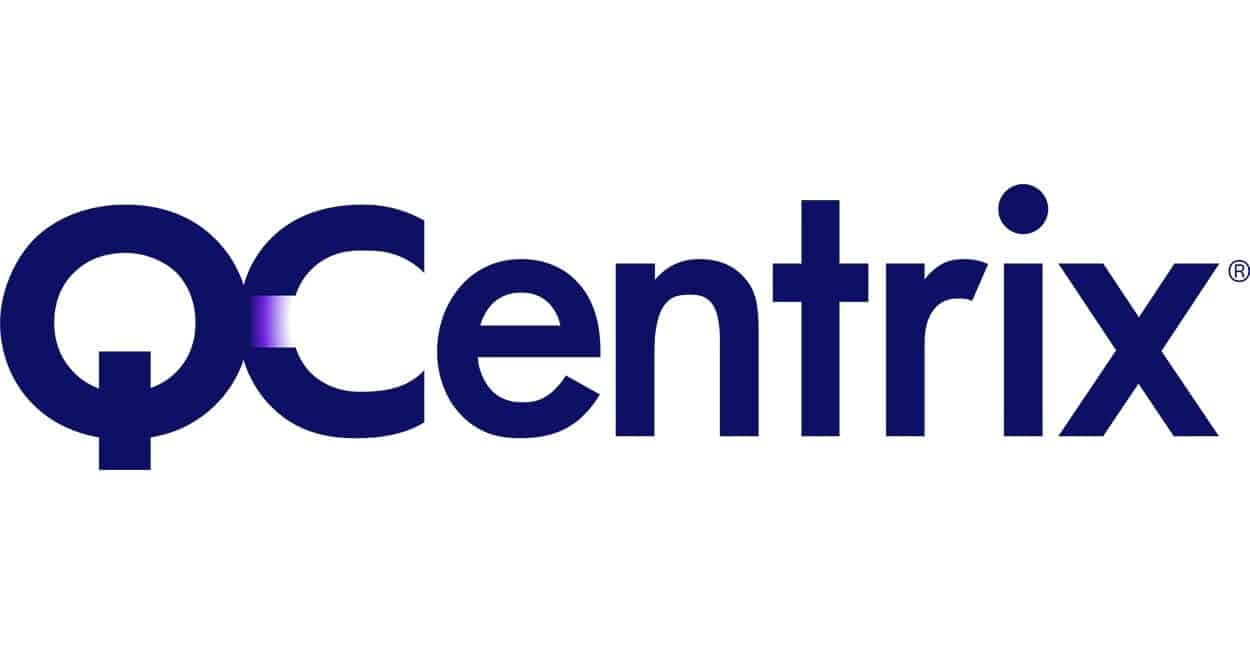




































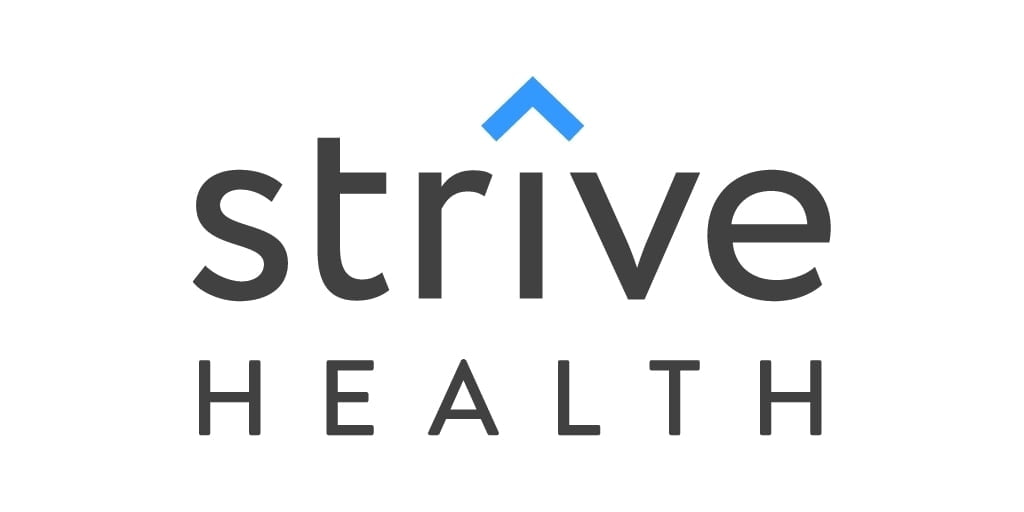



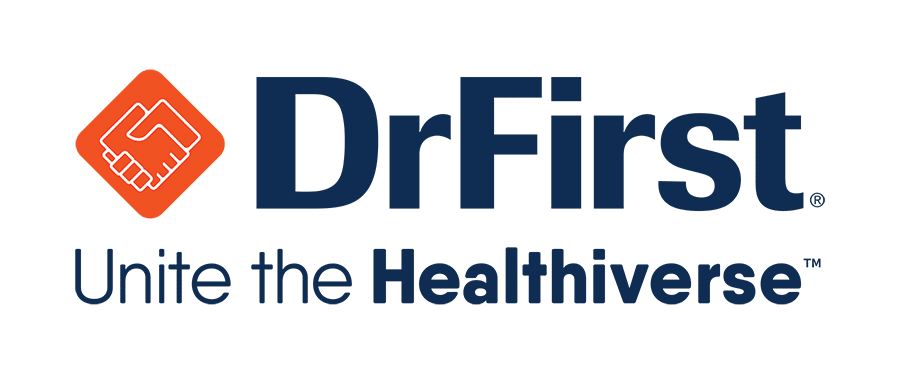
















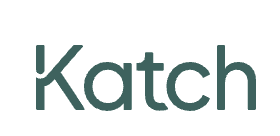


By Gavin Pommernelle
As the healthcare industry has slowly adopted sophisticated and innovative technologies across the past 15-20 years, the primary (and sometimes only) consideration when evaluating candidates for HCIT companies has been their technical expertise. For years, that approach was logical: the better someone’s technical skills, the more likely they were to succeed in that position. At Chasm Partners, we have conducted countless executive searches where our clients first and foremost have desired strong technical skills.
But now that technical skills have become more of a commodity than a differentiator, having technical expertise is rapidly becoming table stakes. What organizations need today to succeed in an increasingly collaborative world is employees (and leaders) who not only have the technical prowess but also emotional intelligence (EI).
Our emotions impact both how well we do our jobs and the quality of our decisions in the workplace. Over the past few years most organizations have come to understand that the ability to leverage our emotions, as well as to understand the needs and perspectives of others, is critical to the way work is accomplished today. The lone expert has been replaced by collaborative groups and relationships.
ENHANCING THE HIRING PROCESS
Many leaders continue to make hiring decisions based primarily on technical skills and experience, giving little attention to interpersonal skills. This is a mistake because a person who is an ideal technical fit for a position but has low EI most likely will be an under-performer in today’s collaborative workplace. That being said, someone with high EI but who is a poor technical fit may be destined for a short stay in the job. Both scenarios can have negative financial implications for an organization.
So if organizations are aware of EI, which is hardly a new concept, why do they still struggle with incorporating it into their hiring decisions? The issue is much of the time they go through the motions of applying EI principles without truly internalizing them. Managers may be required to take an EI-focused course on how to hire, who to promote, and how to make decisions. But then they’ll carry on doing things the way they’ve always done. So they check the EI box rather than getting real value from EI.
Rather than assign a vague level of EI to a job candidate, hiring decision-makers should discuss specific EI attributes when evaluating potential hires. Which candidate seems to possess the strongest authenticity and why? Which candidate seems the most self-motivated and more resilient? Which candidate appears to be the most self-aware? EI assessment tools provide data that goes beyond hiring decision-maker perceptions with all our inherent biases and facilitates structured candidate comparisons.
BRINGING EI TO LEADERSHIP
EI is particularly important when reviewing candidates who will lead others. Their decisions by definition have a major impact on their organizations and teams. Indeed, leaders must possess higher than average EI to be truly effective as I’ve observed in my coaching of leaders over many years. Not only do employees have greater expectations of them, leaders also interact with a wide variety of stakeholders across an organization necessitating a broader range of perspectives and a greater adaptability.
EI CAN BE LEARNED
While many human traits arguably can’t be taught, EI most certainly can – it is not innate. Leaders and employees can “hack” their emotions by making a deliberate effort to comprehend and channel them.
Recognition of this possibility is invaluable and is the crucial first step. More important is being deliberate. While leaders should focus on specific EI traits when assessing job candidates, they should also identify in themselves specific behaviors on which to focus. Then they can objectively gauge how they are doing against that specific behavior. This process doesn’t happen by accident or through osmosis. It occurs through a conscious thought process that says, “OK, I understand what’s going on and why, and I’m making an effort to stay close to it.”
Finally, EI is like a muscle. It must be exercised to stay strong and effective. The best way for any individual to maintain their EI fitness is to be deliberate in applying constructive and specific EI behaviors every day. And the best way to promote EI throughout the organization is to demonstrate constructive EI behaviors to others.
NOT OPTIONAL
EI is no longer optional, likely it’s never been optional. In our connected, collaboration-driven world, it is an absolute requirement for success. At Chasm, we have seen a critical shift toward finding leaders who are not only technically accomplished, but also demonstrate EI and a strong cultural add to the organization.
By making a concerted effort to ingrain EI into the corporate DNA rather than simply checking a box, organizations can create the great workplaces that lead to high levels of employee – and customer – satisfaction.
Gavin understands how leadership and organizational development are critical to scaling high performing organizations and a key enabler to existing teams facing the challenges associated with commercial growth. As an International Coach Federation Professional Certified Coach (PCC), Gavin works with leaders across the healthcare, technology and knowledge sectors to develop personal capabilities and team effectiveness.









































































































































































































































































